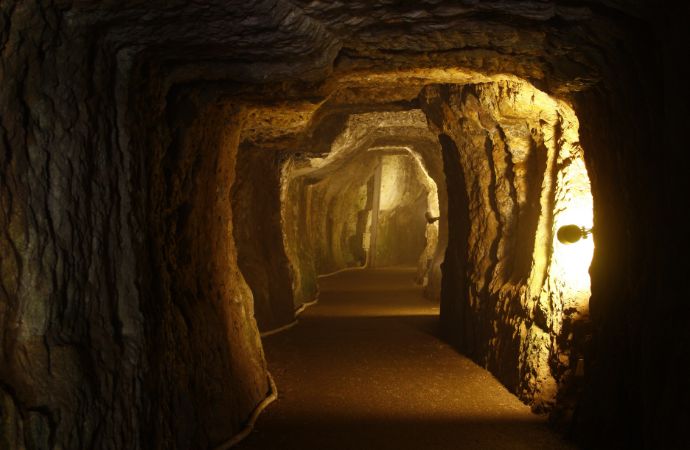
IWAMIGINZAN AREA SIGHTSEEING SPOTS
Surrounded by nature, "Ishigami Ginzan" is a popular spot as a World Heritage Site. The townscape is full of nostalgic atmosphere, and there are many photo spots.
The Unnan area flourished through Tatara ironmaking, a traditional Japanese method of steel production that dates back over a thousand years and is still in operation today. This rich legacy is recognized in the Japan Heritage story titled “Izumo Tatara Chronicles – A Millennium of Ironmaking and the Stories It Forged.” Unnan is also steeped in myth and legend, with sites such as the Hiikawa River, linked to the Yamata-no-Orochi serpent legend, and numerous historic shrines, archaeological ruins, and mythology-related landmarks, making it a must-visit for history lovers and cultural explorers alike.
SPOT - 01
Hiikawa Riverside Cherry Blossom Trees
The Hii River embankment cherry tree, known as one of the prefecture's best cherry blossom spots, has been selected as the "100 Japanese Sakura Famous Places". Every year in late March and early April, it spans about 2km along the Hii River bank and is colored with roughly 800 cherry blossoms. The cherry blossom tunnel will delight visitors as a special scenic view only at this time of year. At night, it is also lit up, and the fantastic night cherry blossoms spread out, which are different from idyllic daytime again.
Another name, "Wishabashi", for its diving bridge over the southern area of the cherry tree-lined tree, is also a popular photo spot.
Spot Details ▶
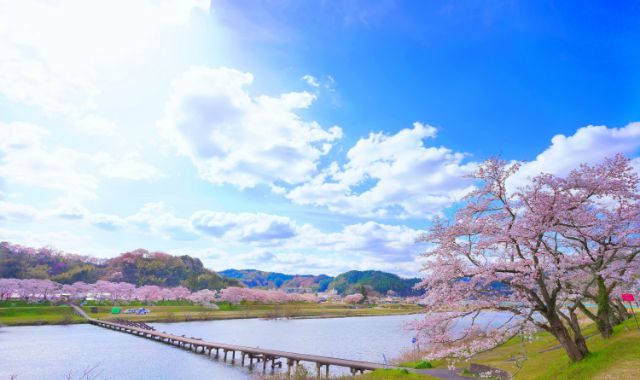
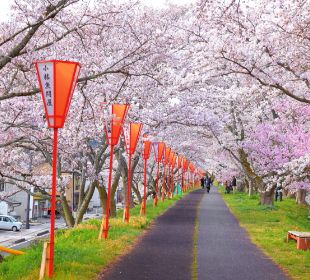
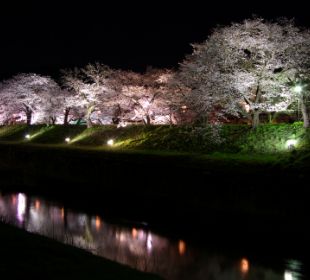
SPOT - 02
Ryūzu Falls
One of the most famous falls in the Chugoku region, which has been designated as the "Hundred Falls of Japan". The waterfall that flows down from the 40m head of the male waterfall and the 30m female waterfall is a powerful waterfall like a dragon rising. You can also enjoy the "backview waterfall" that looks around the back of the waterfall, and you can taste the power that is different from the front view. There is no doubt that the space surrounded by nature can be refreshed with plenty of negative ions.
About 10km to the south of the Dragon Head Falls, there is a "Yae Waterfall" consisting of eight waterfalls, which is a beautiful valley where you can enjoy powerful waterfalls and rich nature. Autumn foliage is one of the most representative landscapes of Yunnan City.
Spot Details ▶
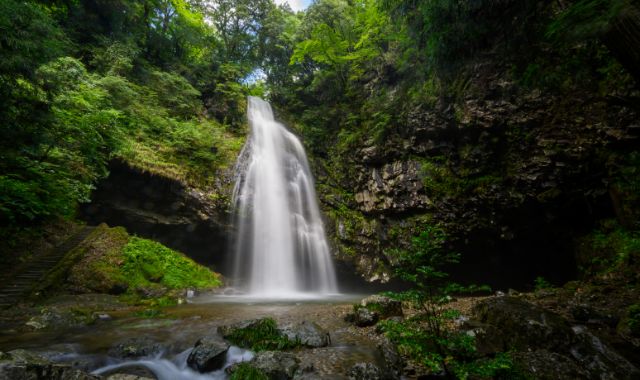
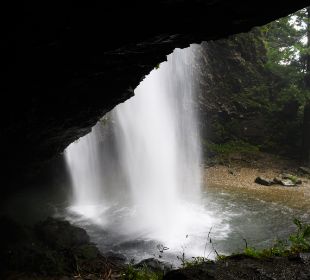
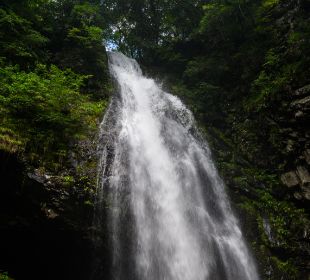
SPOT - 03
Demon tongue tremor
It is a large valley that spans roughly 3km and is created by the rapids of the Hai River's tributary, the Hai River, by cutting rocks. On the left and right sides of the valley, rock walls such as the Otengui and Otenguwa rise.
In addition, all over the valley, strange rocks and monoliths due to weathering and water feeding, such as harden rocks, kamei rocks, Sendashiki, Tengu yoku, and tatami stones, lie in a number of places, while large and small potholes can be seen at the bottom of the river.
The clear stream sews between them to create rapids, and also develops a magnificent landscape with an abyss everywhere. The promenade along the valley is just under 2km, which takes about 60 minutes round trip.
Spot Details▶Ain't


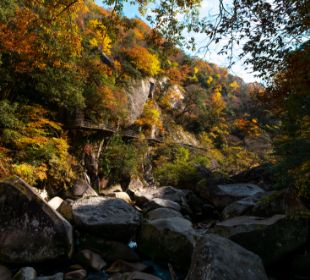
SPOT - 04
Ogo cloud rochi loop
The largest double loop bridge in Japan. The road, whose name is also known as "Orochi", and which looks like a huge orochi double-toed, is meant to cross a mountain-deep hard spot with a height difference of 170m. The loop, which extends about 6 km, has 11 bridges and three tunnels, and the highlight is a large bridge over 100m.
Monuments and objects with Orochi motifs are installed at the observation deck at three places along the way. It has also won the first prize (grand prize) of the 5th Human Road Conference Awards, with the theme of "creating a harmonious road between people and cars." roadside stations, restaurants, boardwalks, observation decks and lodges are also provided in the zone.
Spot Details▶Ain't
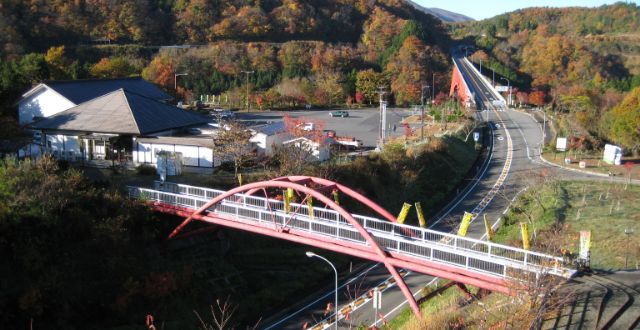
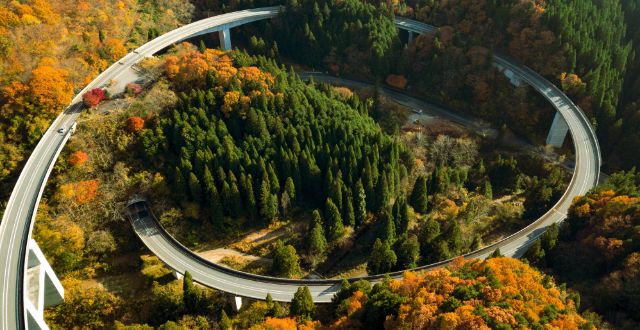
SPOT - 05
Itohara Memorial Museum
It displays Tatara materials and arts and crafts that are transmitted to the Harabara family, known as ironists. The contents of the exhibition include materials about Tatara, as well as records of the county during the Meiji Taisho period, ethnic materials owned by the Harabara family, and art objects including worship items from the Matsue feudal lord.
Located alongside the Memorial Hall, the site of the Sanabara Family is the Izumo-ryū garden, which takes advantage of natural mountains.
The Harabara residence was also the main team of the feudal lord in Okudeyun during the feudal era, and has been visited by notable figures such as Naoiri Tannomura, Tetsu Yosano and Akiko, and Fumimaro Konoe since the Meiji era.
Spot Details ▶
Official Website ▶
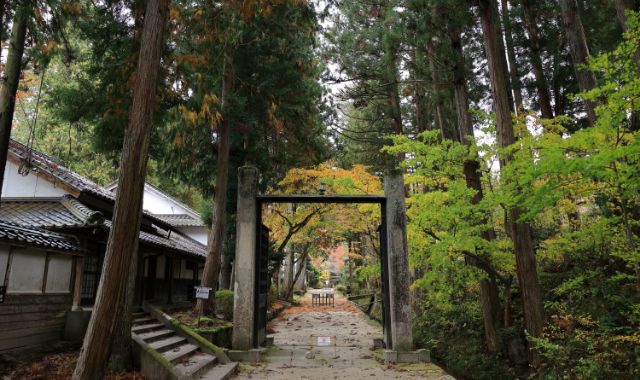

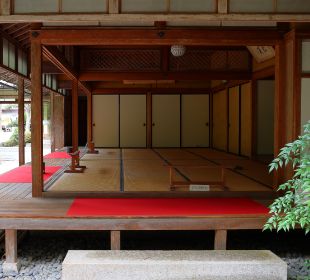
SPOT - 06
House and gardens of the Sakurai family
Kasumi Kasei-kan is a historical museum that is a collection of things that have been passed on to the Okudemu Sakurai family for many years. The Sakurai family are the scions of the warlords Hanadan Uemon of the Sengoku warlords. He ran the iron and steel industry and accepted the achievements of creating the "Kikuichi-Indo" seal iron from Matsue Domain, and took the key position of "Tetsushi-Totori" to take over the iron and steel industry in a wide area.
The history of the room tells the modern era a number of dramas related to the production of jade steel (Tatara). The modern culture of Okudemo shows its own development with the history of those “Tatara iron-making” as the middle axis, and it is possible to see the appearance of the time and time in the assembly building.
In 2023, it became the location of the TBS drama Sunday Theater "VIVANT".
Spot Details ▶
Official Website ▶
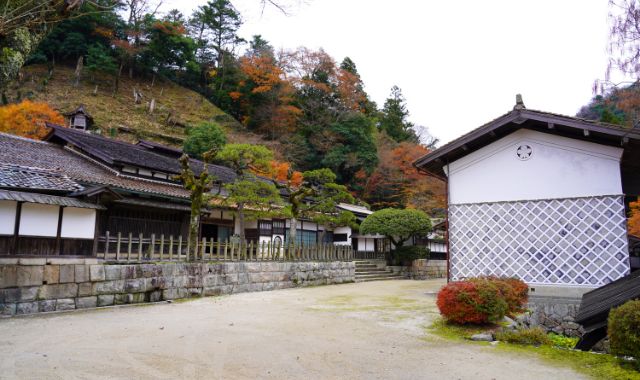

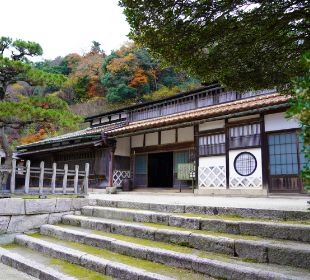
SPOT - 07
Tabe Family Tozo Group
The town of Yoshida, Yunnan, declared the "History Village of Iron" in March 1986 (then "Yoshida Village"). It is this Tozo group that has become its symbol. The Tabe family, who made his name as one of Japan's best mountain-bayashi kings, built the collection between 1707 and 1906, which extended to 21 buildings.
It is said that the Tabe family, who started the iron and steel industry in the Muromachi period, went up to serving as the leading iron master of the Matsue clan during the Edo period, and at the height of the late Meiji period, they produced 70% of the iron supplied to the whole country.
Some of the Tozo groups have names such as "tekuzō" and "fuchi (fuchi)-zō", and names indicating the year names such as "Bunsei-zō" and "hoei-zō", which speak of their long prosperity. It is a corner where you can enjoy a sense of time slip on the monotone Namako wall of the storehouse.
Spot Details ▶
Yeah, I'm on a trip.▶Ain't
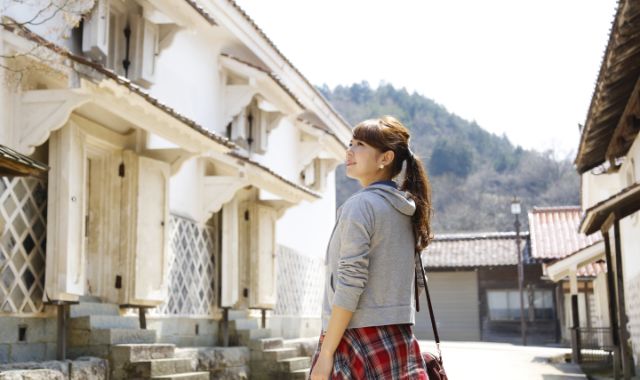
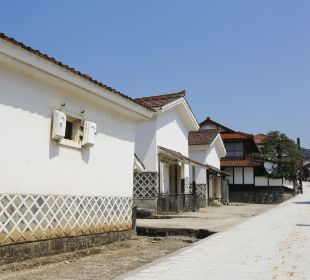
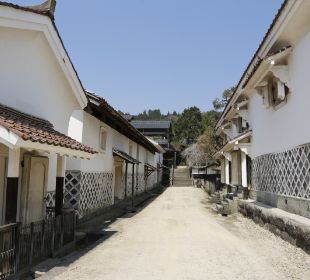
Copyright Shimane Prefectural Government and Shimane Tourism Federation All Rights Reserved.
Return to Shimane Home>>

Surrounded by nature, "Ishigami Ginzan" is a popular spot as a World Heritage Site. The townscape is full of nostalgic atmosphere, and there are many photo spots.
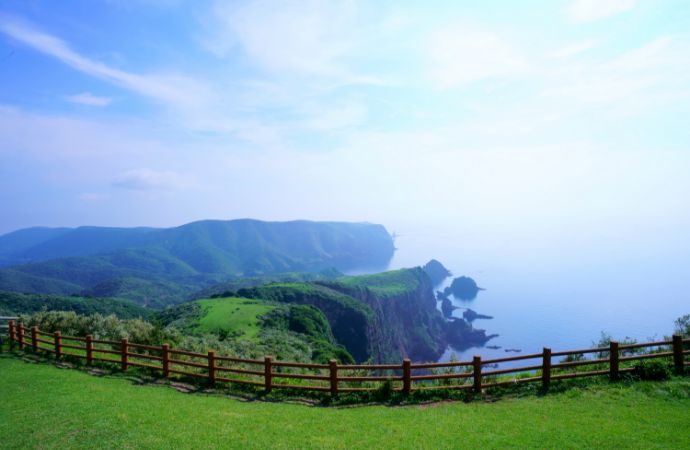
The Oki area, where you can experience the charm of the UNESCO World Geopark. There are many attractions to see, such as Kunigakashore, Lussuk Island, Yaosugisugi/Mudsutsugi, and the waterfall of Tantoscope.
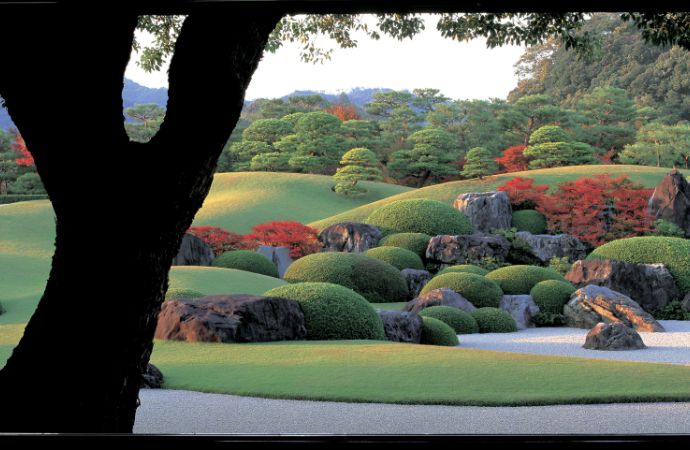
たたら製鉄や港町として発展してきた安来エリア。様々な文化や芸術、匠の技が多く育まれ、今もなお独特の港町の雰囲気が残ります。日本一の庭園を誇る足立美術館や、サクラや紅葉のシーズンは多
This website uses cookies so that we can provide you with the best user experience possible. Cookie information is stored in your browser and performs functions such as recognising you when you return to our website and helping our team to understand which sections of the website you find most interesting and useful.
Strictly Necessary Cookie should be enabled at all times so that we can save your preferences for cookie settings.
If you disable this cookie, we will not be able to save your preferences. This means that every time you visit this website you will need to enable or disable cookies again.
